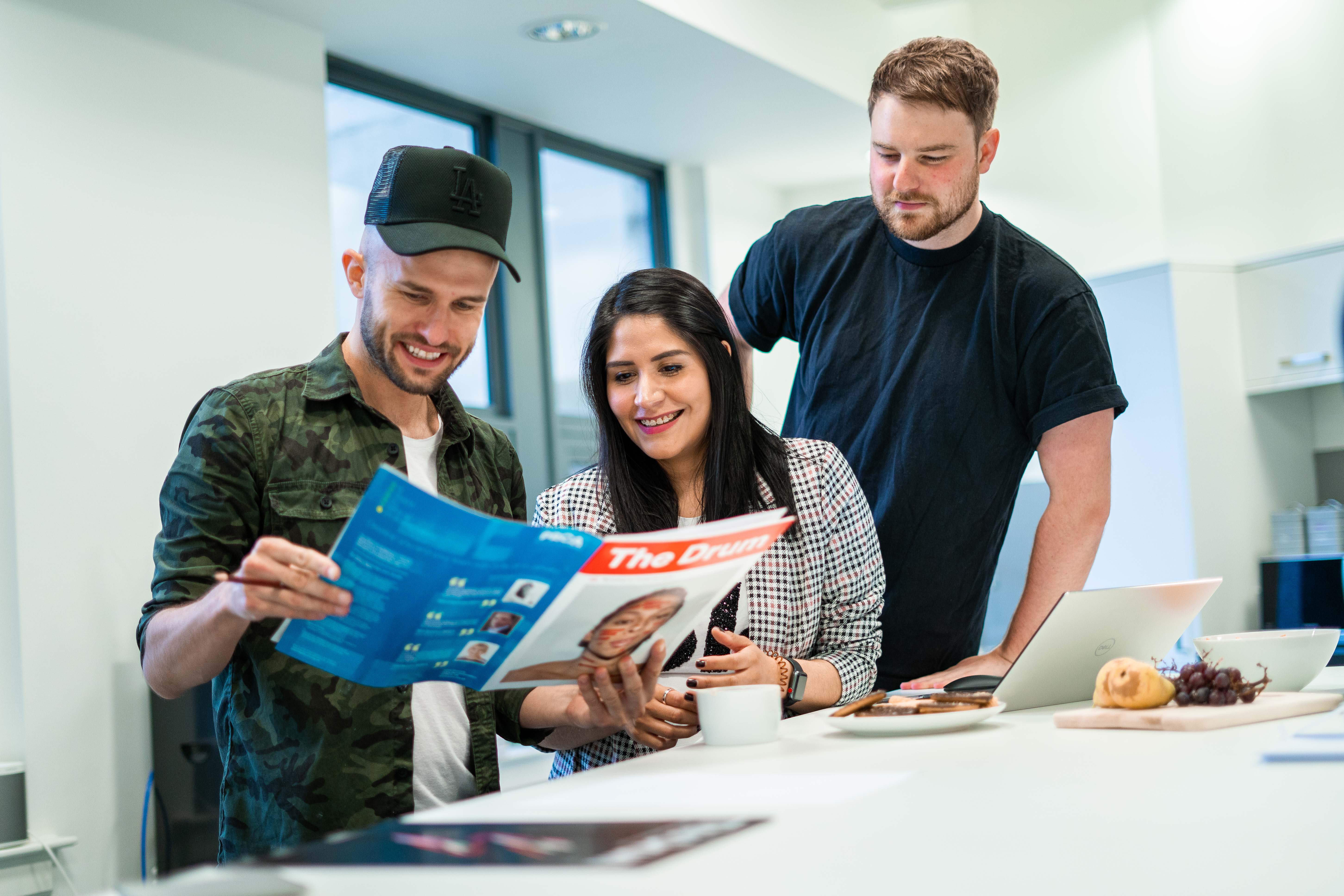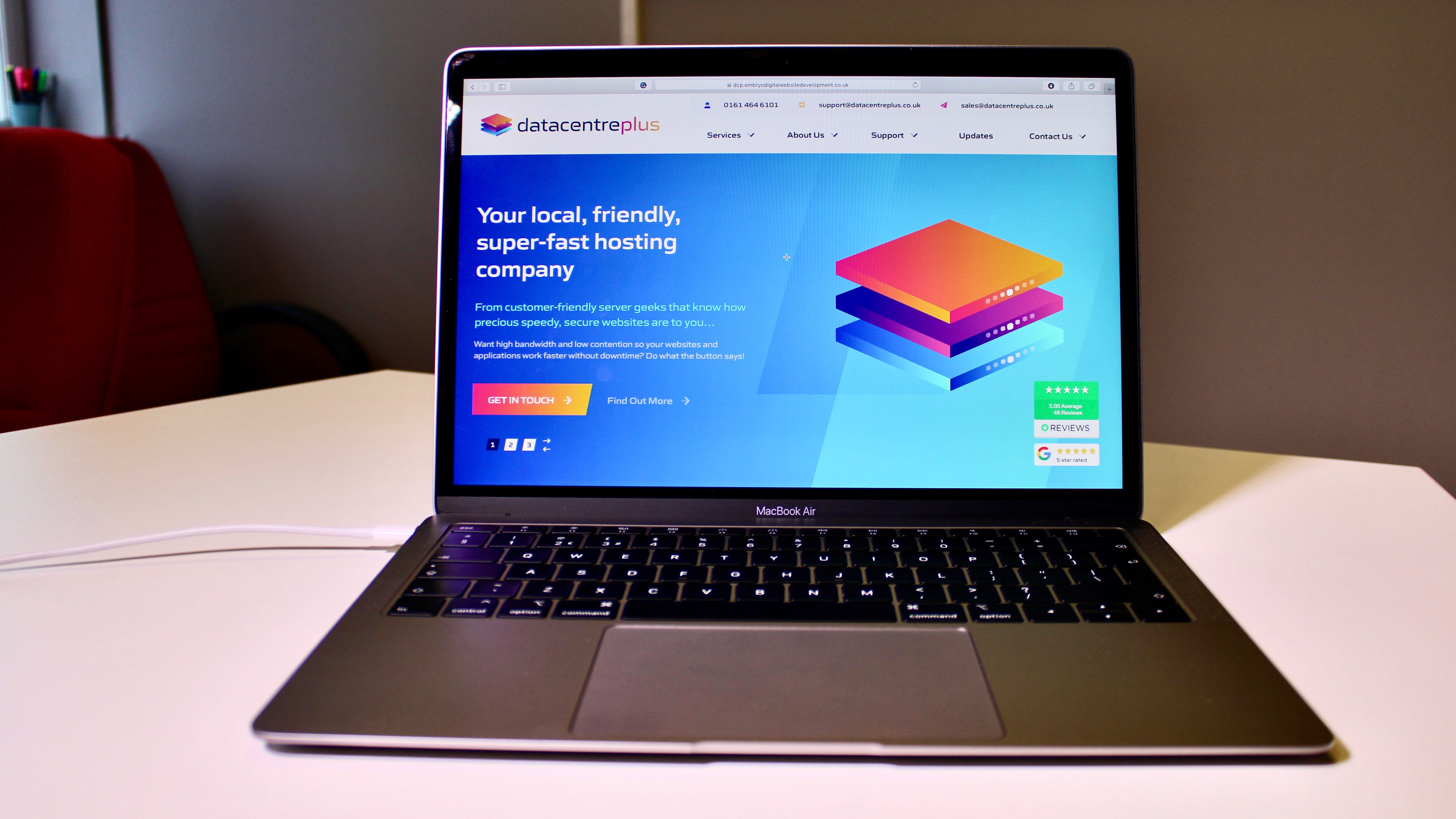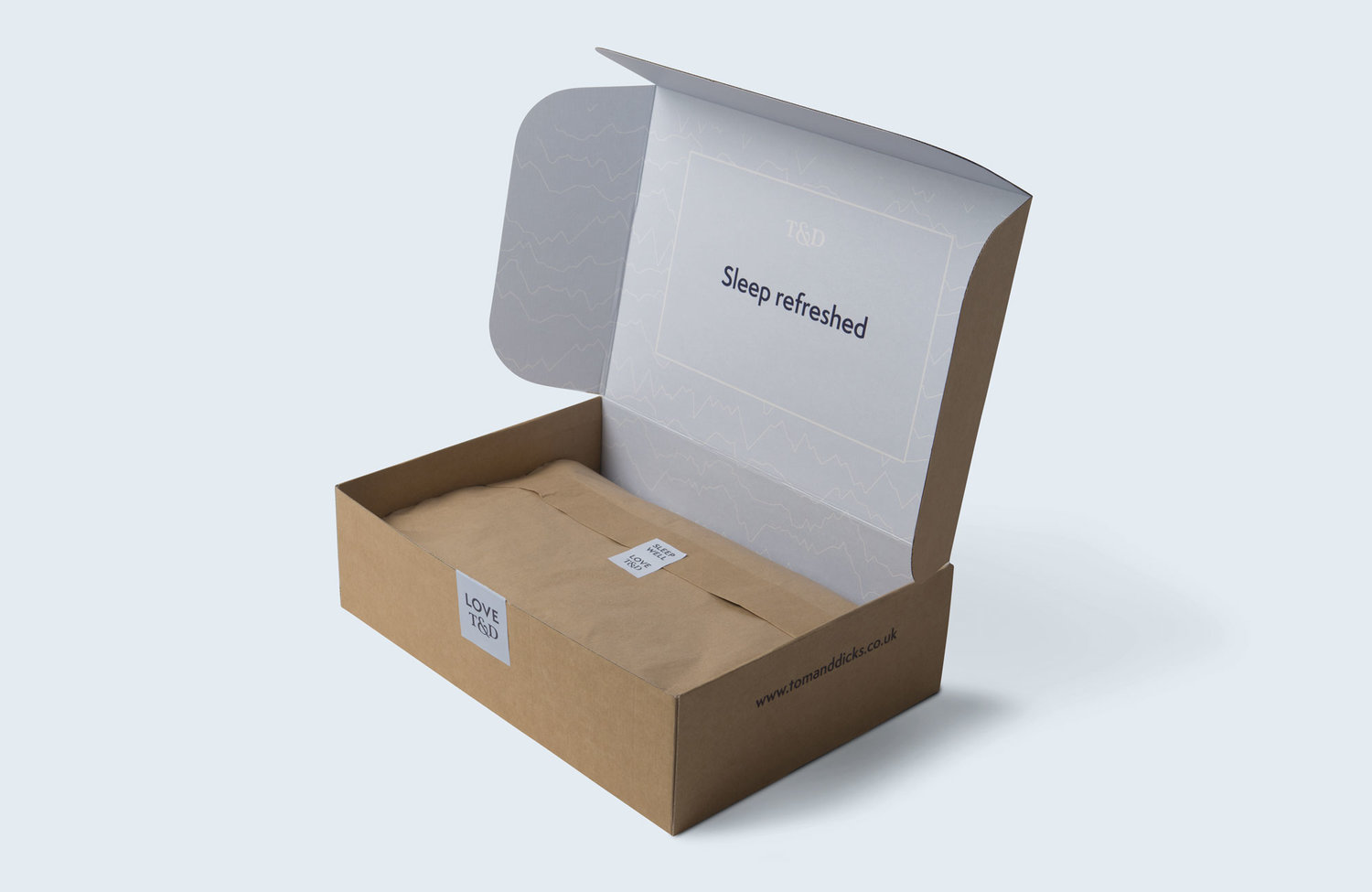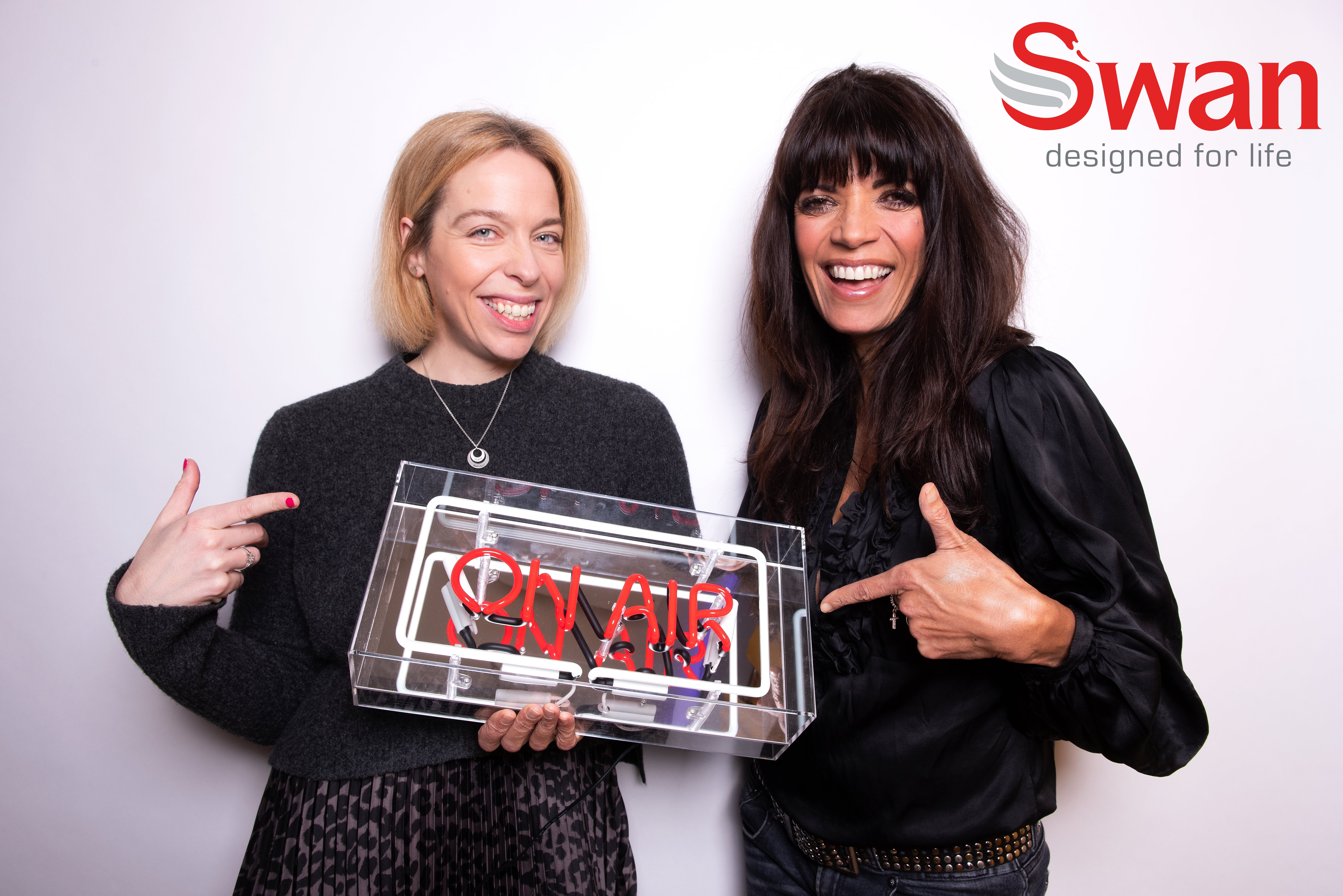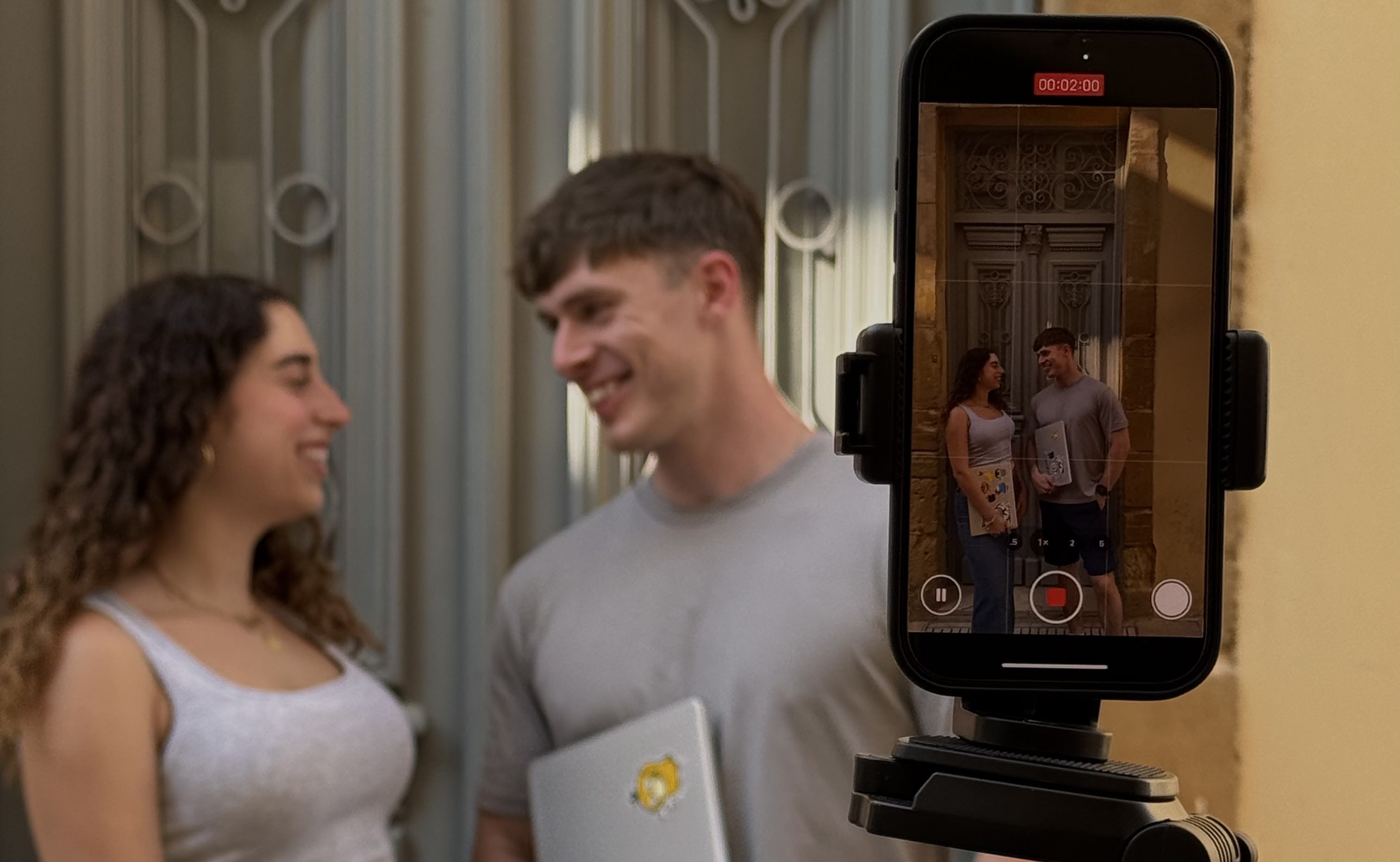
The branding landscape feels quite different now than it did two years ago. The most striking change is how quickly consumer expectations have evolved, and I think many brands are still catching up.
We're shifting towards what I'd call 'authentic minimalism'. Consumers, particularly those under 35, seem increasingly sceptical of overly polished brand presentations. They want something that feels real but does not try too hard to be relatable. It's a tricky balance, and several brands are getting it wrong.
Take the recent wave of tech company rebrands. Dropbox simplified its visual identity last year, moving away from its playful illustrations towards cleaner typography and more subdued colours. The response was mixed. Some praised the maturity of the approach, whilst others felt it had lost personality. This tension between professional credibility and human warmth is something almost every brand is wrestling with right now.
Adapting to New Audience Expectations
The expectations piece is fascinating, though frustrating for brand managers. Consumers want brands to take stands on social issues, but they also want them to stay in their lane. They expect personalisation, but they're concerned about privacy. They value sustainability, yet they still want convenience and affordability.
Successful brands in 2025 tend to pick one or two areas where they can be genuinely authentic, rather than trying to tick every box. A solid branding strategy now requires this kind of focused approach. Patagonia continues to excel at this; their environmental stance feels integrated into everything they do, not just their marketing campaigns. On the other hand, brands that seem to jump on every trending cause often come across as opportunistic.
The generational divide in expectations is particularly pronounced now. Gen Z consumers are more likely to research a brand's practices before purchasing, but they're also more forgiving of small companies that are transparent about their limitations. Millennials, perhaps surprisingly, seem more cynical about brand promises; they've been through enough corporate scandals to maintain healthy scepticism.
This shift has made the work of a branding agency more complex. It's no longer just about creating attractive visuals; it's about developing authentic brand positions that can withstand scrutiny.
Visual Identity Trends
Logo design has become notably more flexible this year. The rigid brand guidelines of the past are giving way to adaptive systems that can work across different platforms and contexts. Google's approach with its various product logos demonstrates this well; there's consistency in typography and colour principles, but each product feels distinct.
Typography choices are getting bolder, though not in the way you might expect. Rather than flashy display fonts, brands invest in custom typefaces that feel modern and readable across all digital platforms. The influence of mobile-first design is evident here; everything needs to work at small sizes and low resolutions.
There's also been a subtle shift towards warmer colour palettes. The stark blacks and whites that dominated brand design for several years are being softened with creams, off-whites, and muted tones. After several years of global uncertainty, this may reflect a general desire for comfort.
Interestingly, the trend towards simplified logos is plateauing. After years of brands stripping away detail, we see some movement towards more distinctive visual elements. Not necessarily complex designs, but ones with more personality than a simple wordmark.
The Short-Form Content Challenge
This is where things get really interesting and complicated. The dominance of TikTok, Instagram Reels, and similar platforms has fundamentally changed how brands tell their stories. Traditional brand narratives that unfold over time don't work in a 15-second format.
Instead, we see brands learning to communicate their essence in moments rather than stories. The most effective approaches focus on emotion and recognition rather than information. A quick visual cue, a familiar sound, a particular aesthetic - these elements need to work instantly.
Some brands have adapted better than others. Netflix has become particularly skilled at creating content that feels native to each platform whilst maintaining brand consistency. Their social media presence doesn't feel like traditional marketing; it feels like entertainment that happens to be branded.
The challenge is that this format rewards boldness and risk-taking, which makes many established brands uncomfortable. The content that performs well on these platforms often feels quite different from traditional brand communications. It's more irreverent, more immediate, sometimes more controversial.
This has created new opportunities for companies offering rebranding services. Businesses that built their identities for traditional media often need complete overhauls to work effectively in these new formats.
Learning from Recent Rebrands
The patterns of the rebrands over the past 18 months are pretty revealing. The most successful ones focused on evolution rather than revolution.
Mailchimp's gradual visual evolution, for instance, has maintained its quirky personality while making its brand work better across digital touchpoints. It didn't abandon what made it distinctive; it refined it. This approach to branding demonstrates how thoughtful evolution often trumps dramatic change.
In contrast, some of the more dramatic rebrand attempts have struggled. When brands try to reinvent themselves completely, they often confuse existing customers while failing to attract new ones. The Gap logo debacle from years ago remains a cautionary tale, though thankfully, we haven't seen anything quite that drastic recently.
The automotive industry has been particularly active in rebranding efforts, primarily driven by the shift towards electric vehicles. BMW's recent updates to its visual identity reflect this transition, with cleaner lines and more digital-friendly applications, but still recognisably BMW. It feels like an acknowledgement of change without abandoning heritage.
It's become clear that successful rebranding requires understanding current trends and where consumer behaviour is heading. The most effective branding strategy combines immediate needs with future-proofing.
Looking Forward
The brands that are thriving right now are those that have found ways to be consistent without being rigid. They have clear visual and verbal identities but are unafraid to experiment with their expression.
Consumer behaviour will likely continue to evolve rapidly, and brands need systems that can adapt accordingly. The most successful visual identities of 2025 aren't just pretty - they're functional across an increasingly complex media landscape.
Perhaps most importantly, there's a growing recognition that brand strategy and visual identity can't be separated from actual business practices. Consumers are paying more attention to what companies do, not just what they say or how they look.
This shift has created challenges and opportunities for businesses across all sectors. Whether you're a startup needing to establish credibility or an established company looking to stay relevant, the fundamentals of good branding remain crucial, though their application has evolved considerably.
The brands that understand this integration of strategy, visuals, and authentic business practices are best positioned for whatever comes next.
Ready to grow your brand in 2025? The landscape might be complex, but the opportunities for businesses with the right branding strategy are enormous. At The Social Bay, we specialise in affordable web design, SEO, and branding services in Manchester.
Whether you need a complete rebrand or want to refine your existing identity for today's digital-first world, we'd love to help you navigate these changes.
Contact The Social Bay for a free consultation, and let's discuss how we can position your brand for success in this evolving marketplace.


